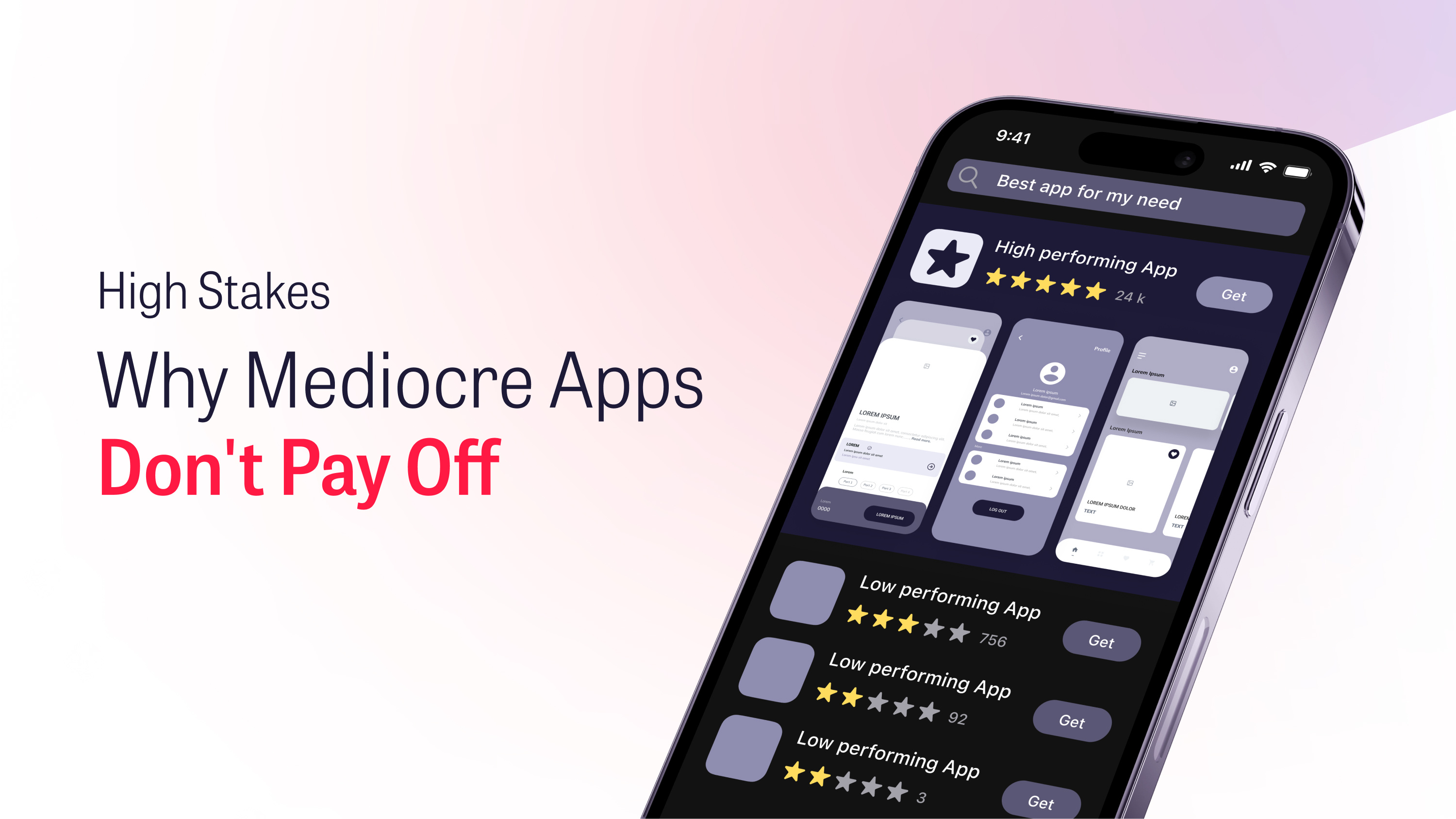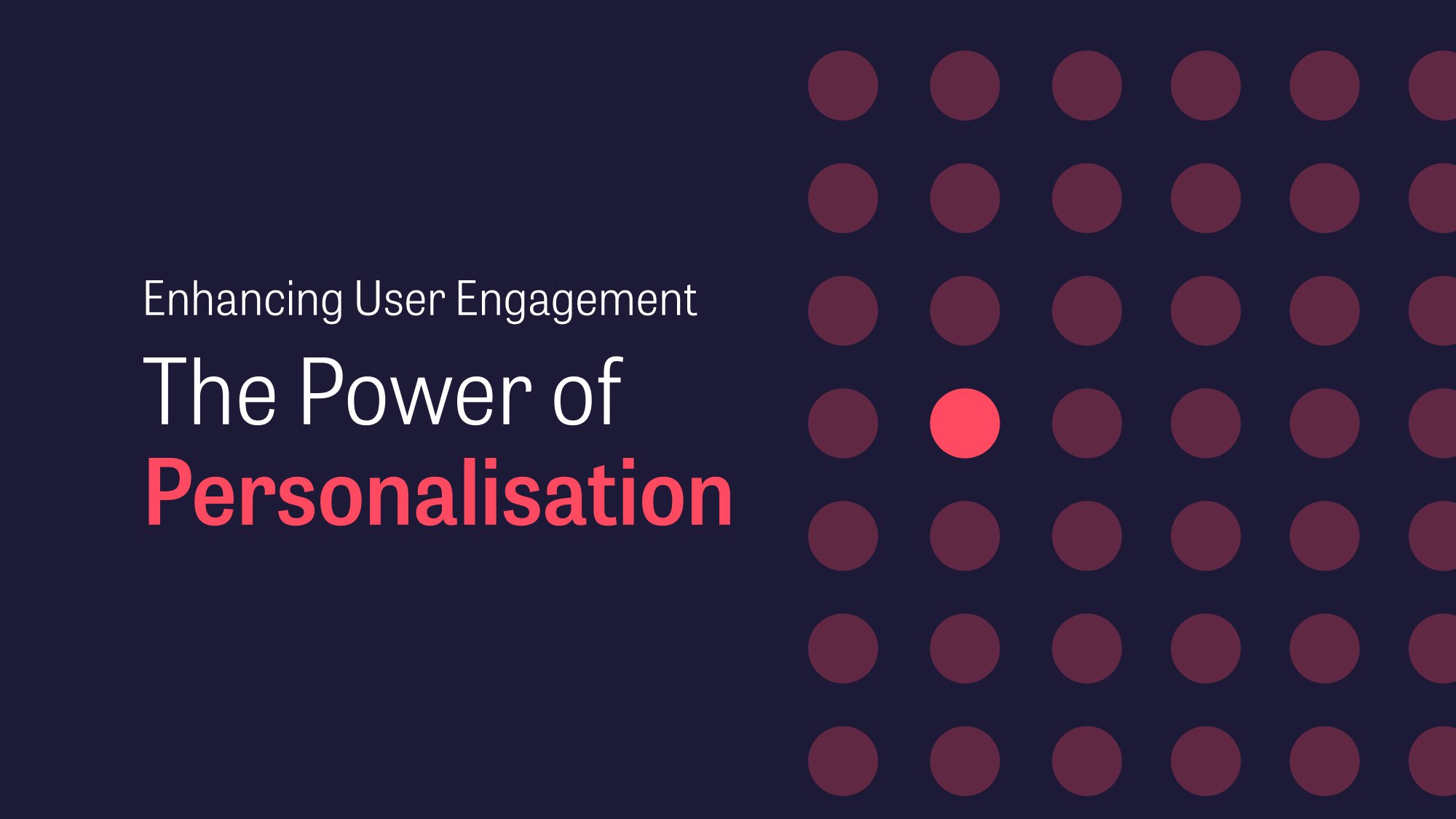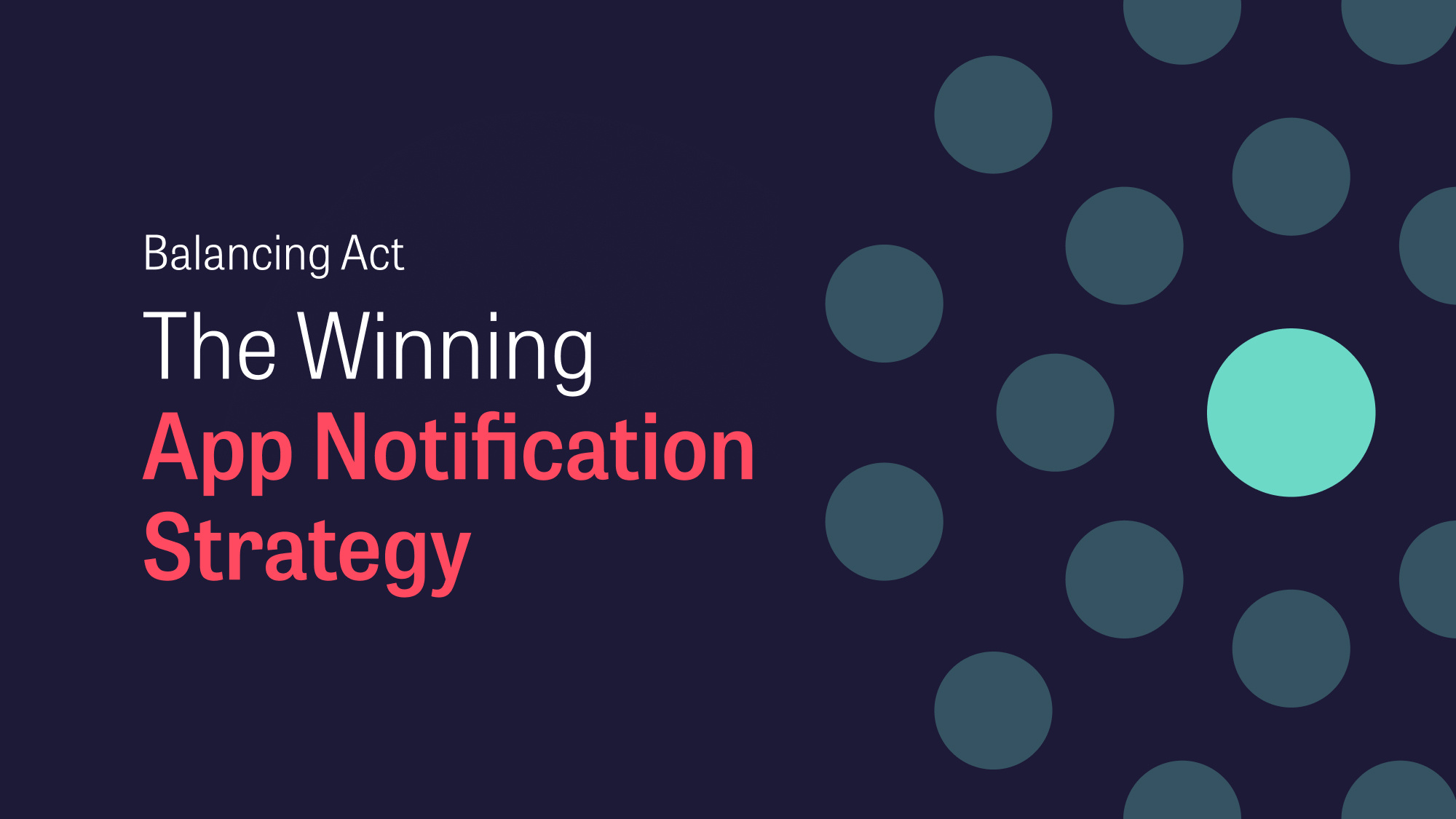
In today's digital landscape, a well-designed app can be a powerful asset for driving business growth and cementing brand loyalty. You've probably heard countless pitches on why you should invest in mobile apps, from enhanced customer engagement to real-time data collection. But what often goes missing in these conversations is the direct line between a great user experience (UX) and a compelling return on investment (ROI).
Prioritising UX is Vital for Business Growth
Let's start by unpacking the UX element. You could have a feature-rich app, but if it's not user-friendly, your customers will simply uninstall it and possibly, shift to your competitor. Studies show that customers are less likely to purchase from a brand in the future if they have a poor user experience with the brand's mobile app. In fact, 86% of buyers are willing to pay more for a great customer experience. The modern customer's patience for bad app experiences is virtually non-existent. This makes it imperative for businesses to prioritise UX in their app development strategy.
How does UX affect your business?:
- Creates Higher Customer Retention: A well-designed UX can significantly reduce the churn rate, directly influencing your bottom line.
- Increases Conversions: A seamless UX makes it easier for users to navigate, search, and complete the purchase or other actions, thus improving conversion rates.
- Gives a Competitive Advantage: If your app is more intuitive and user-friendly than those of your competitors, it can be a key differentiator in the market.
A well-executed UX directly influences various aspects of an app's performance, from customer satisfaction and retention to conversion rates and operational efficiency. All of these factors contribute to the overall success of the app and, consequently, your business. Neglecting UX can result in missed opportunities and increased costs, while investing in UX can lead to substantial returns and a competitive advantage.
Building a UX-Centric App: Key Steps for Success
So, how do you create this all powerful UX-centric app experience? Creating a UX-centric app involves a systematic approach that prioritises the needs and preferences of your users throughout the development process. Here are some of the key steps to create a UX-centric app:
- Understand Your User: Conduct market research to understand who your users are, what they need, and what they expect from an app like yours.
- User Friendly Navigation: The path from the home screen to making a purchase or achieving another key action should be as short and straightforward as possible.
- Performance: Slow load times can significantly impact user engagement and contribute to higher bounce rates.
- Feedback Loops: Use real-time notifications and other feedback mechanisms to keep users informed about their actions.
Creating a UX-centric app is an ongoing process that requires a commitment to user satisfaction and continuous refinement. By consistently listening to your users and adapting your app to meet their needs, you can create an app that not only attracts users but also retains them over time. By focusing on the UX from start to finish and beyond, you can significantly lower development costs, since understanding your users early in the process can save costly changes down the line. Furthermore, simple navigation and fast load times keep users engaged, and we all know that engaged users are more likely to convert, increasing customer engagement.
Personalisation: A Key to Brand Loyalty
Brand loyalty isn't built through generic experiences. Personalisation within your app can be a powerful driver of brand loyalty, increased customer retention, and advocacy.
Personalisation tailors the user experience to individual preferences, making it more enjoyable and relevant for users. When customers consistently have positive interactions with your app, they are more likely to return and stay engaged, ultimately leading to higher retention rates.
Other positive outcomes include:
- Customer Engagement: Personalisation can encourage users to spend more time within your app, exploring personalised content and features. This increased engagement leads to users forming habits around your app, making it a part of their daily or regular routine.
- Reduced Churn: By providing users with personalised solutions to their pain points or needs, you can reduce churn rates. Users are less likely to abandon an app that consistently addresses their individual concerns and preferences.
- Word-of-Mouth Marketing: Satisfied and loyal customers are more likely to become advocates for your brand. They may recommend your app to friends and family, write positive reviews, or share their positive experiences on social media, helping to attract new users.
- Cross-Selling and Up-Selling: Personalisation enables you to suggest complementary products or services based on users' past behaviour. This can lead to increased sales, higher average order values, and improved customer lifetime value.
Personalisation within your app goes beyond providing a customised experience; it cultivates a deep and ongoing relationship with your users. By consistently delivering value, addressing individual needs, and fostering emotional connections, you can encourage brand loyalty, increase customer retention, and turn satisfied users into enthusiastic advocates for your brand and app.
Want to dive deeper into the value of personalisation in apps? We've created a comprehensive report with data from one of Denmark's largest studies on app usage. Get access below 👇
Unlocking ROI: The Impact of Excellent UX Design
Here's the big question – how does all of this translate into ROI? An app with excellent UX design will likely result in:
- Higher Customer Lifetime Value (CLV): When users have a pleasant experience, they are more likely to become repeat customers.
- Lower Customer Acquisition Costs (CAC): A well-designed app can reduce the amount of money you need to spend on marketing, as satisfied users are more likely to refer others.
- Data-Driven Decision Making: In-app analytics can provide invaluable insights into user behaviour, allowing you to make informed decisions.
To achieve steady growth, it's important to have loyal customers who spend more (CLV), while spending less on getting new customers (CAC). This way, you make more money and have a strong base for success over time. Also, using the right data to solve problems early can help avoid big issues and make sure your business grows steadily over time – ultimately making your app investment more than worth it.
Measuring ROI: Choosing the right metrics
Measuring ROI through key metrics such as CAC, CLV, and customer retention rates is essential for assessing the impact of your app on business growth. It provides a data-driven approach to understanding the financial value your app generates and helps you make informed decisions to maximise its positive contributions to your bottom line. Accurate ROI measurement is not only a performance indicator but also a strategic tool for optimising your app's effectiveness in driving business success.
Key Metrics for ROI Evaluation:
- Customer Acquisition Cost (CAC): CAC measures the expenses associated with acquiring a new app user. Knowing CAC allows you to assess the cost-effectiveness of your marketing efforts and evaluate whether you're acquiring users efficiently.
- Customer Lifetime Value (CLV): CLV calculates the total value a customer generates for your business over their entire relationship with your brand. It helps you understand the long-term revenue potential of your app users, guiding decisions on retention and engagement strategies.
Customer Retention Rates: Customer retention rates track the percentage of users who continue to use your app over time. High retention rates indicate that your app is successfully retaining and satisfying users, contributing positively to your ROI.









